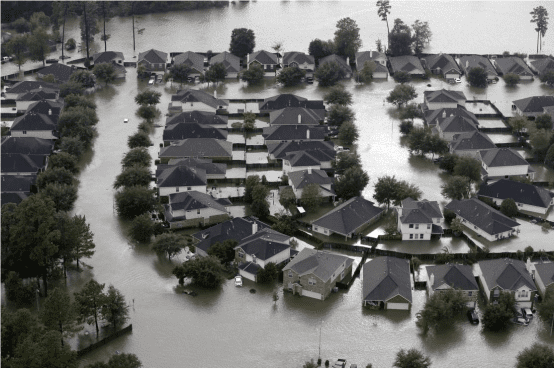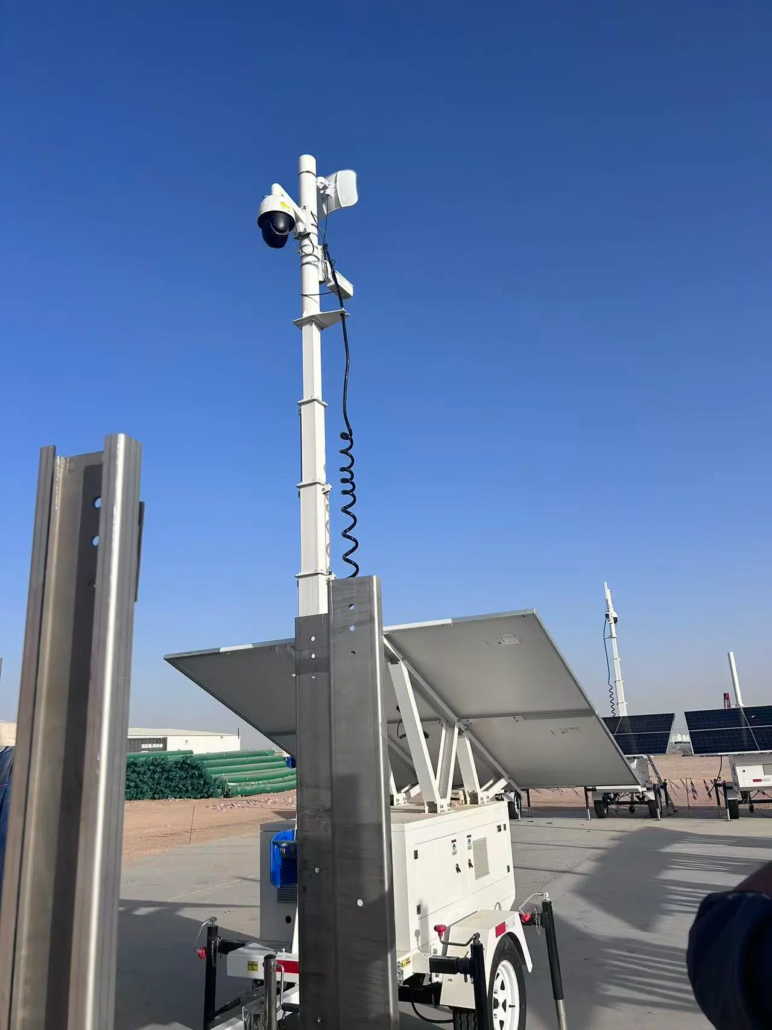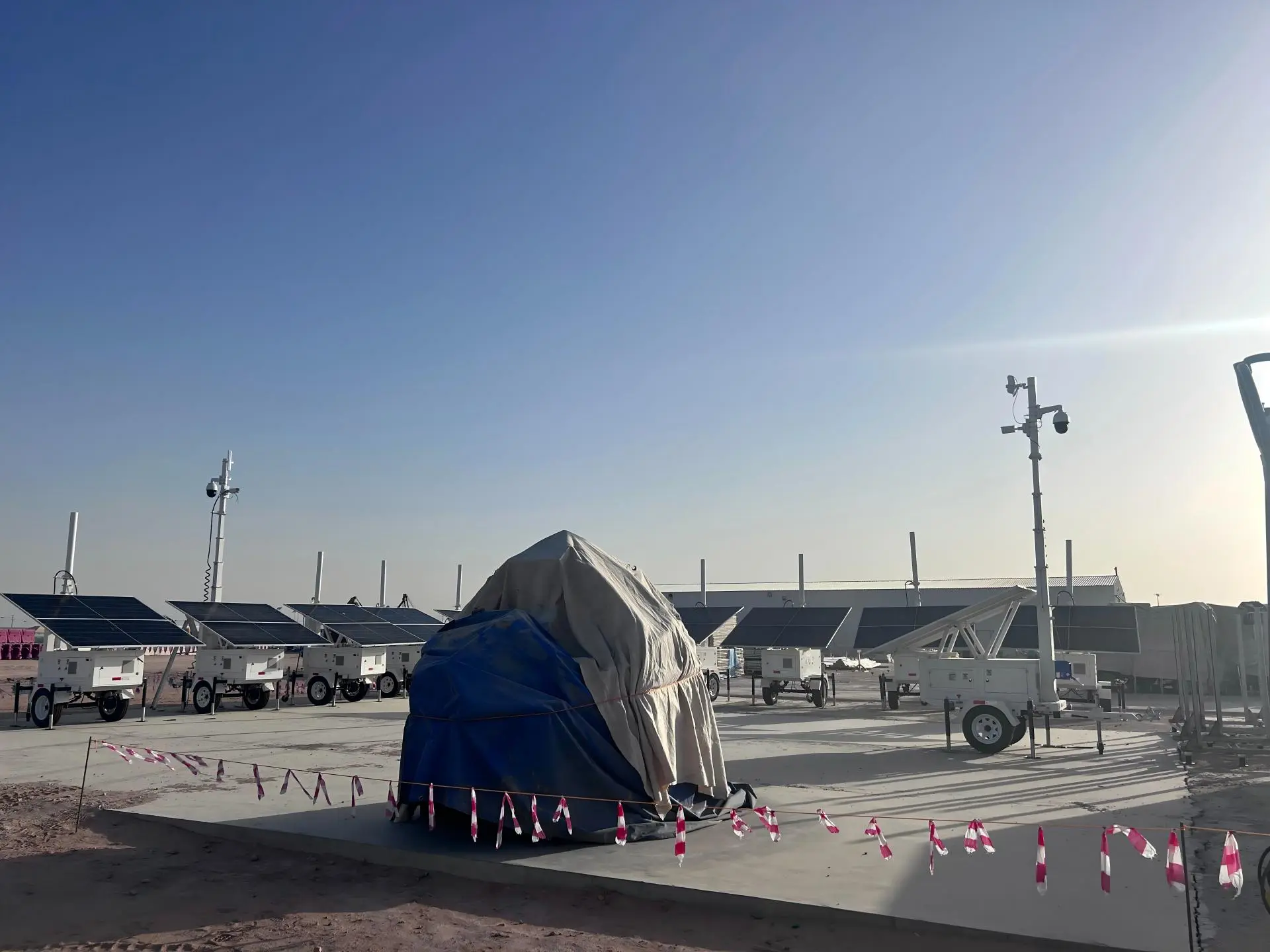Post-disaster Reconstruction and Rescue Solar Lighting Design Guidelines
In disaster zones where power grids collapse, solar lighting becomes a lifeline for search-and-rescue, medical aid, and community stability. This guide integrates CIE standards, field-tested equipment specifications, and real-world rescue cases to deliver actionable design principles for solar lighting systems in extreme environments.
Core Lighting Parameters for Disaster Scenarios
Illuminance Requirements
- Evacuation Routes: Maintain 0.5–10 lux on the central line of escape paths, with a minimum of 0.5 lux at the end of operation (CIE 193:2010 standard). Critical zones like triage areas require 20–30 lux for medical procedures.
- Search Operations: Mobile light towers should achieve 45–60 lux over 1400–2000 m² areas when deployed at 9m height, enabling debris detection and victim identification.
Luminous Efficacy & Uniformity
- LED Efficiency: Prioritize ≥130 lm/W LEDs (e.g., 400W Solar Generator Lighting Tower with 130 lm/W output) to minimize solar panel size and battery load.
- Beam Distribution: Use 45°–60° flood lenses for wide coverage in temporary shelters, while 30° narrow beams suit precise tasks like equipment repair.
Color Temperature & CRI for Emergency Use
CCT Selection
- 4000K–5000K Daylight White: Ideal for rescue zones, as it enhances object recognition and reduces eye fatigue during extended operations. The RPLT-5300 Mobile Light Tower uses 5000K LEDs to simulate daylight conditions critical for trauma care.
- 2700K–3000K Warm White: Recommended for temporary shelters to mitigate post-disaster anxiety, aligning with CIE’s guidance on minimizing psychological stress in displaced populations.
Farbwiedergabeindex
- CRI ≥80 for medical stations to ensure accurate wound assessment and medication identification. Field hospitals in Nepal earthquake relief used high-CRI solar lights to prevent misdiagnosis under poor lighting.
Structural Design: Poles & Mobile Towers
Height & Spacing
- Fixed Poles: 6–9m height with 25–30m spacing for main thoroughfares; 4–6m poles at 15m intervals for pedestrian lanes.
- Mobile Units: Hydraulic masts (8.5–11m) on trailers, such as Telescopic 9m Hydraulic Mast Solar Light Tower, enable rapid deployment to disaster hotspots.
Material Durability
- Galvanized Steel (≥3.5mm): Resists corrosion in flood-prone areas; coastal regions require 316 stainless steel to withstand salt spray.
- Wind Resistance: All structures must withstand ≥40m/s gusts (equivalent to typhoon conditions), as validated by Optraffic SLT Series in Philippine typhoon relief.
Solar System Sizing for Unreliable Conditions
Batteriekapazität
- 7–10 Days of Autonomy: Calculate using the formula:
Battery Ah = (Daily Wh × Backup Days) ÷ (System Voltage × Discharge Depth)Example: A 400W system with 5 days backup at 24V requires 1600Ah AGM batteries (as in 400W Solar Generator Lighting Tower).
Solar Panel Configuration
- Monocrystalline Silicon Panels: Ensure ≥1200W total power (e.g., 6×200W panels) to recharge batteries in 5–7 hours of sunlight. MPPT controllers boost conversion efficiency to 95%.
Smart Controls & Energy Management
Adaptives Dimmen
- Three-Stage Operation:
- Full Power (18:00–22:00): 100% output for peak rescue activities.
- Standby Mode (22:00–06:00): 50% brightness to conserve energy.
- Motion Activation: Instant 100% power when sensors detect movement.
Fernüberwachung
- Integrate IoT modules to track battery voltage, illuminance, and fault status. The RPLT-5300 features real-time alerts via satellite communication in remote disaster zones.
Cost & Rapid Deployment Economics
Erstinvestition
- Mobile Light Towers: $8,300–$28,000 per unit (e.g., 4x500W Solar Light Tower), depending on mast height and battery capacity.
- Handheld Units: $20–$50 for LuminAID-type inflatable lanterns (65 lumens, 30-hour runtime), critical for individual evacuation kits.
ROI & Funding
- Humanitarian Subsidies: UN relief programs cover 30–50% of costs for qualified systems. Post-2015 Nepal earthquake, 70% of solar lighting deployed was subsidized through global aid.
- Lifespan Savings: Solar systems eliminate fuel costs for diesel generators ($0.5–$1.2/L) and reduce maintenance by 60% compared to grid-dependent alternatives.
Field-Proven Case Studies
- Philippines Typhoon Haiyan (2013): LuminAID lanterns provided 30,000+ displaced families with 65-lumen lighting for 30 hours per charge, enabling nighttime water distribution and child education in evacuation centers.
- Turkey-Syria Earthquake (2023): RPLT-5300 Light Towers with 280,000-lumen output powered 200m² field hospitals, supporting 12-hour surgery shifts without grid access.
Final Thought: In disaster scenarios, solar lighting is more than illumination—it’s infrastructure for survival. By prioritizing high-efficiency LEDs, redundant battery design, and rugged mobility, these systems bridge the gap between immediate rescue and long-term reconstruction. How might integrating UV-C disinfection into solar light towers further address post-disaster sanitation challenges?





